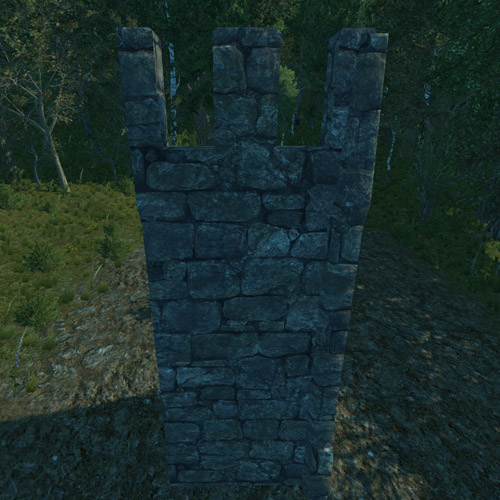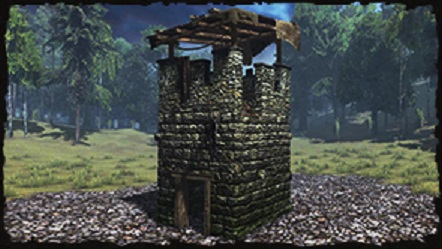
Other cited scholars point out similarities between the Jōmon and various paleolithic and Bronze Age Siberians. According to “ Jōmon culture and the peopling of the Japanese archipelago” by Schmidt and Seguchi, the prehistoric Jōmon people descended from a paleolithic populations of Siberia (in the area of the Altai Mountains). Skull features tend to be stronger, with comparatively recessed eyes. Dental structures are distinct but generally closer to the Sundadont than to the Sinodont group, which points to an origin among groups in Southeast Asia or the islands south of the mainland. Skeletal characteristics point to many similarities with other aboriginal people of the Asian continent. ĭuring much of this period, Japan was connected to the Asian continent by land bridges due to lower sea levels. The Paleolithic populations of Japan, as well as the later Jōmon populations, appear to relate to an ancient Paleo-Asian group which occupied large parts of Asia before the expansion of the populations characteristic of today's people of China, Korea, and Japan. Japanese Paleolithic tool implements thus display Mesolithic and Neolithic traits as early as 30,000 BC. īecause of this originality, the Japanese Paleolithic period in Japan does not exactly match the traditional definition of Paleolithic based on stone technology ( chipped stone tools).

It is not known why such tools were created so early in Japan. The tools, which have been dated to around 30,000 BC, are a technology associated in the rest of the world with the beginning of the Neolithic around 10,000 BC. The Japanese Paleolithic is unique in that it incorporates one of the earliest known sets of ground stone and polished stone tools in the world, although older ground stone tools have been discovered in Australia. Mammoth hunt, (Hyogo Prefectural Museum of Archaeology) Since the discovery of the hoax, only a few sites can tentatively date human activity in Japan to 40,000–50,000 BC, and the first widely accepted date of human presence on the archipelago can be reliably dated circa 35,000 BC. A special investigation team of the Association revealed that almost all the artifacts which he had found were his fabrication. The Japanese Archaeological Association disaffiliated Fujimura from its members. He admitted the fabrication in an interview with the newspaper. The Mainichi Shimbun reported the photos in which Shinichi Fujimura, an archaeologist in Miyagi Prefecture, had been planting artifacts at the Kamitakamori site, where he "found" the artifacts the next day. In 2000, the reputation of Japanese archaeology of the Paleolithic was heavily damaged by a scandal, which has become known as the Japanese Paleolithic hoax. A very important such layer is the AT ( Aira- Tanzawa) pumice, which covered all Japan around 21,000–22,000 years ago. The study of the Japanese Paleolithic period is characterized by a high level of stratigraphic information due to the volcanic nature of the archipelago: large eruptions tend to cover the islands with levels of Volcanic ash, which are easily datable and can be found throughout the country as a reference. As the Palaeolithic peoples probably occupied the wide coastal shelves exposed by lower sea levels during the Pleistocene, the majority of sites are most likely inundated.

Sites have been discovered from southern Kyushu to northern Hokkaido, but most are small and only stone tools have been preserved due to the high acidity of the Japanese soil.

However, since that first Paleolithic find by Tadahiro Aizawa, around 5,000 Paleolithic sites have been discovered, some of them at existing Jōmon archaeological sites, and some dating to the Pleistocene era. Due to the previous assumption that humans did not live in Japan before the Jōmon period, excavations usually stopped at the beginning of the Jōmon stratum (14,000 BC), and were not carried on further.

The study of the Paleolithic period in Japan did not begin until quite recently: the first Paleolithic site was not discovered until 1946, right after the end of World War II. 1 Archaeology of the Paleolithic periodĪrchaeology of the Paleolithic period.


 0 kommentar(er)
0 kommentar(er)
